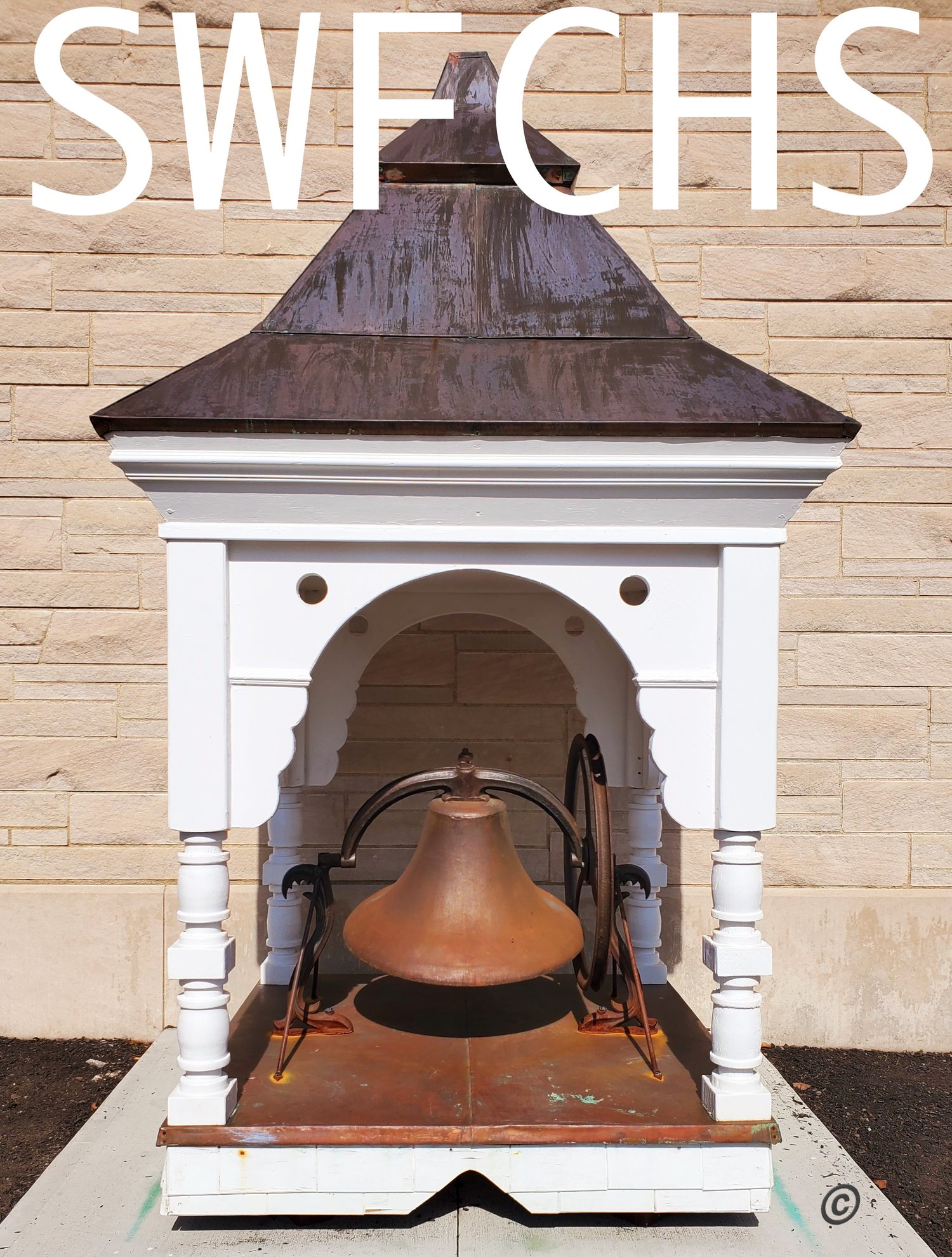The Pennsylvania Germans – Part 2
(The following was written by Dick Riester, and is reprinted from “Reflections”, a collection of local stories available at the Grove City Welcome Center and Museum. Any opinions made in the article are from the author.)The French and Indian wars were still simmering when some of the Pennsylvania Germans went to Ohio. They were followed by larger numbers at the close of the Revolution. There were then movements to Indiana, Illinois, Missouri, Iowa, Kansas, Texas, and California. Wherever these Pioneers decided to settle they cleared land for their farms and then built barns. They would live in log houses, planning to build more elaborate homes later, but the barn was top priority and top quality construction. Most barns were double deckers, and allowed for threshing floors, mows, and lofts for storing hay. The complete barn had a granary on the upper floor and a cellar under the driveway, in addition to the usual stalls for horses and cattle. When these farmers did get around to building their homes, they generally made them spacious and comfortable, with open fireplaces in most rooms. These homes featured deep-set windows and door frames and they used window weights quite early. The German style was to build their houses with the chimney right up through the center of the house, as opposed to the English style, which was to build the chimney at the gable end. The Pennsylvania Dutch have always been famous for their well-kept houses and barns. It was just as important that the feeding entries in the barn were well swept, the horses curried, the stables kept clean as it was for the cellers to be whitewashed, the steps and floor scrubbed, the cutlery polished, and the floor kept spotlessly clean. in the early years, education was frowned upon by these farmers, who thought that their children needed little more than to be able to read, write, and “figure” a little bit. This attitude changed in later years; and, except for the Amish, most denominations and sects have accepted the idea of a college education. The colonial life of these people was, like the lives of settlers in other parts of the country, hard and dangerous, harried by Indians against whom they had to be constantly on guard. In addition, they had the hardship of being misunderstood by other groups who interpreted their love of their native language and their European customs as marks of disloyalty. Time gradually healed these differences; and the English, French, Dutch, Germans, and Swiss learned the necessity of living together as friendly and useful neighbors. The intermarriage of nationalities made the fusion more complete and permanent, resulting in an American people still known as the Pennsylvania Dutch.
